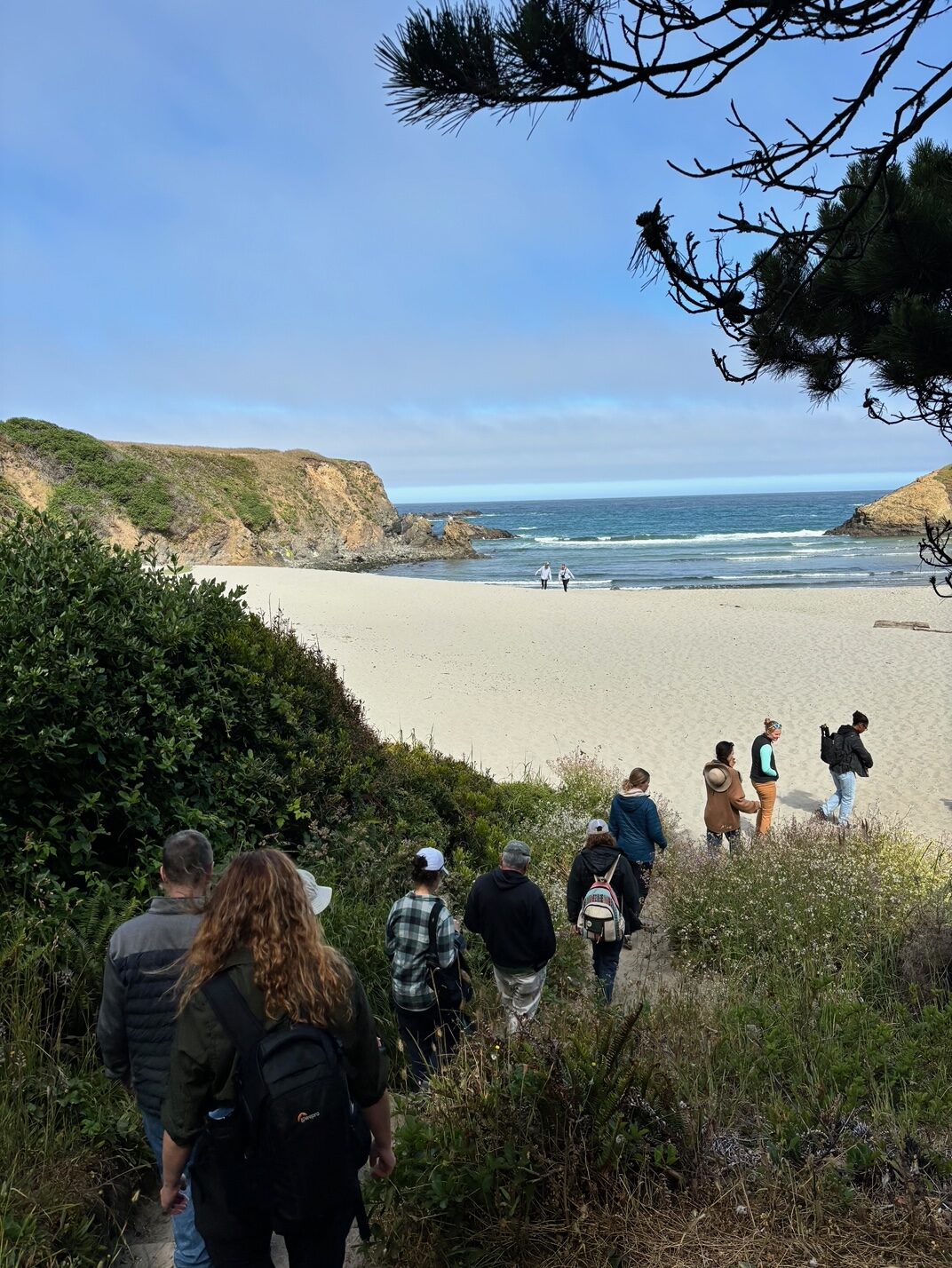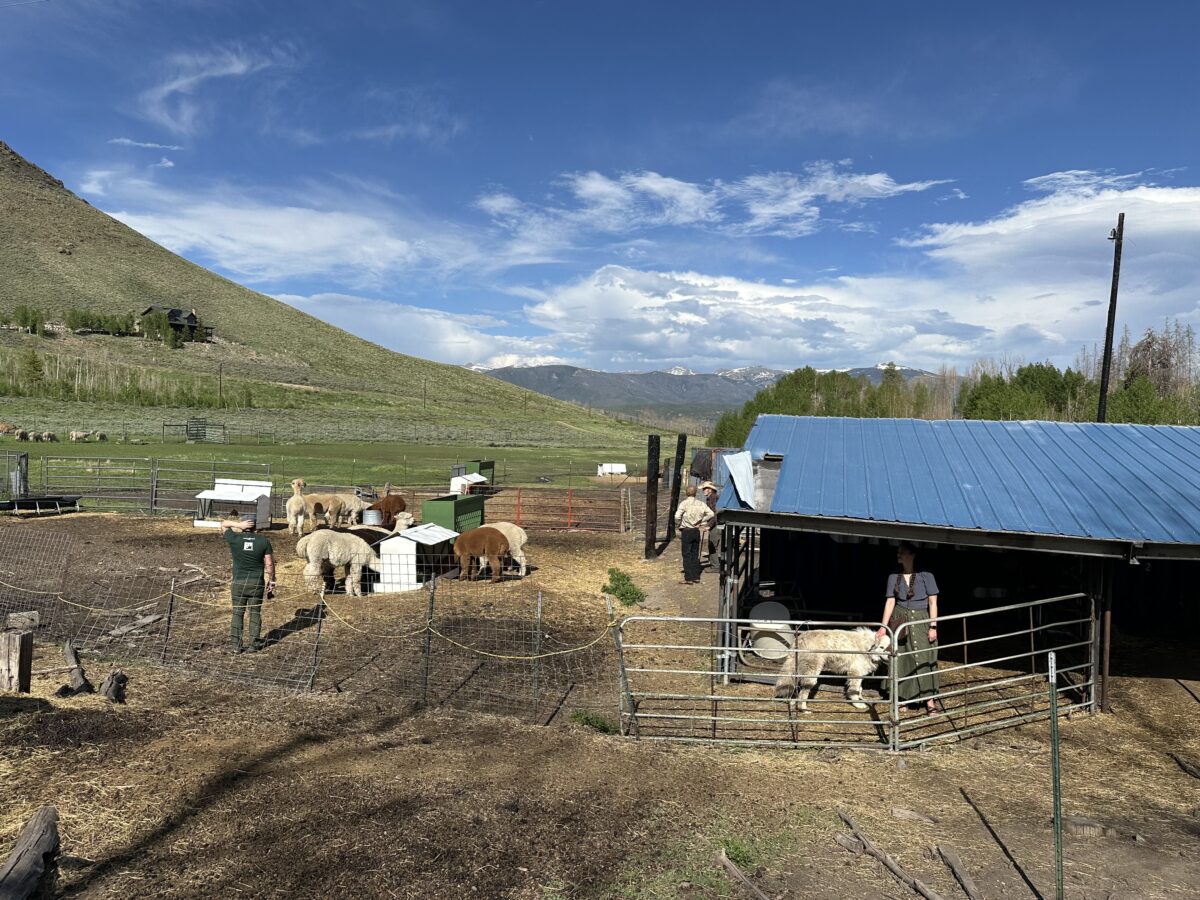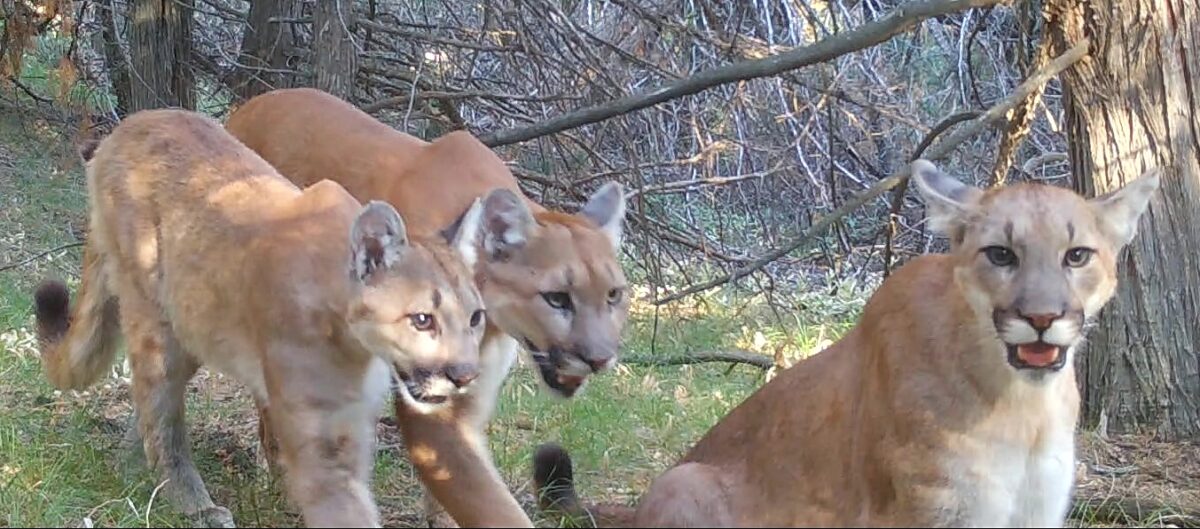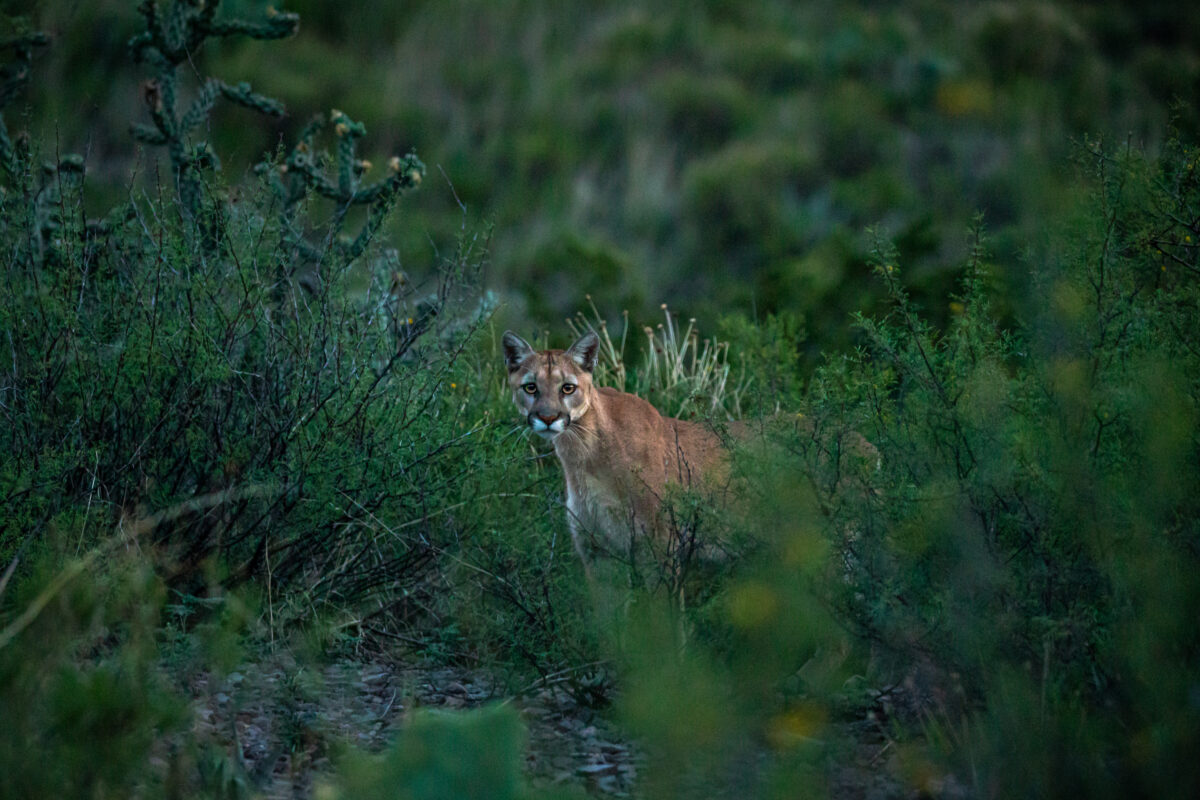Montana has a long history of reducing its carnivores, recovering them, then reducing them. It’s time to break that cycle and let the ecosystem thrive.
by Paige Munson, Field Biologist and State Policy Associate
When colonial Europeans settled the Americas, they believed there was a never-ending abundance of game and timber.
Across the nation people dramatically overhunted and harvested wildlife, leading to loss of species and iconic habitat, and earning the period the name of the “Era of Exploitation” (1850-1899). During this time most of the nation’s prairies were destroyed, passenger pigeons were hunted to extinction in the wild, and bison and large carnivores like wolves, bears and mountain lions were extirpated in much of their former ranges.
In spite of what we know today about the mountain lion’s ecological significance, remnants of this Era of Exploitation mentality linger, as agencies and lawmakers continue to enact policies to reduce mountain lion populations.
Mountain lions turn bounty animal to game animal in Montana
From 1879 to 1963 bounties were placed on mountain lions statewide. The price was well worth the reward at $25 in 1925, or $430 today. By 1930 mountain lions had nearly vanished from Montana.
In the 1950s, after an all-time high level of persecution, mountain lions began to recover along with the deer. As public attitudes towards wildlife changed, so did their status. Montana mountain lions went from bountied animals, to predators, to a game animal in Montana between 1963 and 1971. The change in status from bountied animal to predator removed the financial incentive to hunt mountain lions. The change from predator to game animal made it a requirement to have a hunting license to hunt lions and made them subject to quotas, tags, and bag limits. Ultimately, these changes provided a greater deal of protection for mountain lions in Montana. The population continued to grow, and lions had a place in Montana once again.
The cycle of mountain lion exclusion to conservation in Montana
With a recovered population, people began to truly experience what it meant to live in lion county. People began to see mountain lions and at times have conflict with them. Then in 1996 a severe winter caused a massive die off of deer in Montana. The public urged managers to instate higher mountain lion quotas out of fear for public safety and worry for the deer. Lion populations declined once again in Montana.
Mountain lion hunters noticed and became concerned about the loss of lions, and research supported their observations. The Montana Department of Fish, Wildlife, and Parks lowered hunting quotas for lions, and mountain lions have been on the upswing in the state since.
Montana now faces a familiar story. Drought is causing mule deer in Montana to decline. Managers at the FWP are once again pressed to increase quotas on mountain lions citing public safety concerns and a desire to help ungulates. In response, Montana Fish, Wildlife, and Parks is seeking public comment on quota increases for mountain lions that would reduce the population by 10, 20, or 40 percent in the next six years.
Our attitude toward mountain lions drives policies against them more than science
Scientific evidence does not support carnivore exclusion
Every year more studies emerge that highlight the importance of large carnivores in the landscape. The lion’s share of that research is done in the Greater Yellowstone Ecosystem. The presence of mountain lions can protect native vegetation, provide carrion for other species, promote biodiversity, and improve soil health. When mountain lions are gone, nothing quite replaces them. The effects of the loss of carnivores are well-documented in much of the Midwest, with overpopulated deer, loss of native vegetation, lack of biodiversity and excessive vehicle strikes with deer endangering drivers and wildlife. Returning mountain lions could help to mitigate these issues.
In the case of Yellowstone, we have witnessed the dramatic benefits of carnivores. Wolf reintroductions provided a shocking before-and-after that even changed the Yellowstone River. All current evidence points to the negatives to overhunting. Killing more lions has been linked with more human conflict in subsequent years. More concern rises over kittens orphaned from hunting or vehicle strikes seeking out easy prey in the form of lions and pets.
A war on carnivores prevails due to fear
Despite the ecological and aesthetic value that mountain lions provide, wildlife agencies and lawmakers continuously enact policies to reduce mountain lion populations in states all across the west, not just Montana. Utah just enacted legislation lifting most regulations on lion hunting. Idaho removed all lion quotas in recent years. A Washington sheriff has waged a “war” on cougars in the name of public safety.
We’ve come a long way in conservation. But societally we haven’t come to terms with what it means to live with large carnivores. The wolf, the lion, the coyote, the bear — the bearers of glowing eyes and sharp teeth — are the beasts that go bump in the night. They have been our competitors for precious game and livestock. Their hunting is seen as a destructive force against our livelihoods. By fighting them we could be protectors of our land, game, and even families. Theodore Roosevelt described mountain lions as destroyers of wildlife and livestock with a “desire for bloodshed they lack the courage to realize” and wolves as “beasts of waste and desolation.” Carnivores are most endangered by our attitudes towards them, and this is why carnivore exclusion prevails.
Time to speak on behalf of mountain lions in Montana
People can change their minds about carnivores
We can change our minds about carnivores just as many before us have. As Theodore Roosevelt set out to hunt mountain lions in Yellowstone, he discovered Yellowstone needed them. With the other carnivores gone, the elk became overpopulated, overgrazed the forage, leading to starvation. Roosevelt saw how lions could mitigate this, saying “I should think it a good plan to leave them alone.” He challenged his own views towards “beasts of waste and desolation.”
As a hunter and conservationist, Aldo Leopold describes the moment where killing a wolf changed his life in his essay “Thinking Like a Mountain” in Sand County Almanac:
In those days we had never heard of passing up a chance to kill a wolf. In a second we were pumping lead into the pack, but with more excitement than accuracy; how to aim a steep downhill shot is always confusing. When our rifles were empty, the old wolf was down, and a pup was dragging a leg into impassable side-rock…. We reached the old wolf in time to watch a fierce green fire dying in her eyes.
I realized then, and have known ever since, that there was something new to me in those eyes—something known only to her and to the mountain. I was young then, and full of trigger-itch; I thought that because fewer wolves meant more deer, that no wolves would mean hunters’ paradise. But after seeing the green fire die, I sensed that neither the wolf nor the mountain agreed with such a view
Using our voices for change
As managers in Montana and other states are pressed to remove carnivores, remember the stories of those who changed their minds about carnivores, and the power the public has in their conservation. It’s up to us to learn how to live with lions and other carnivores without killing them. In the words of Leopold, we must maintain “an intelligent humility toward man’s place in nature.”
Montana Fish, Wildlife, and Parks will be accepting public comments until May 11, 2023, regarding options to increase mountain lion hunting quotas to reduce the mountain lion population by 10, 20, or 40 percent in the next six years. If you are a Montana resident, please use your voice to tell the Commission to vote against reducing the mountain lion population by commenting directly on their website or by using our action alert.
Learn more about mountain lions and advocating for them in Montana.



 Facebook
Facebook Twitter
Twitter Send Email
Send Email


